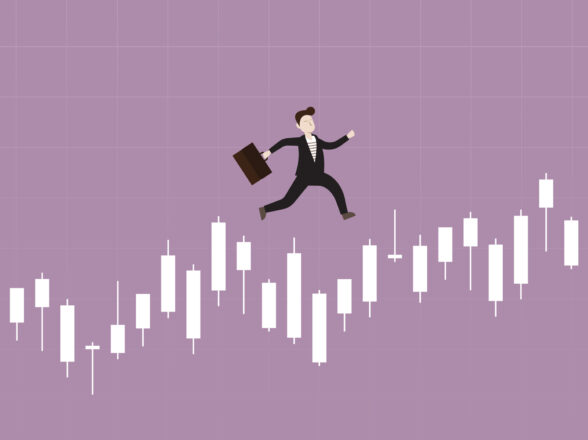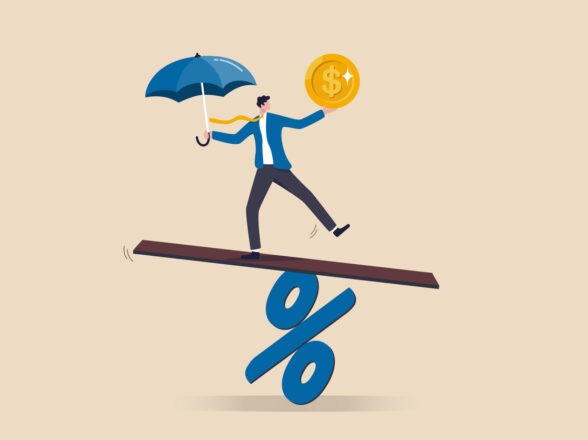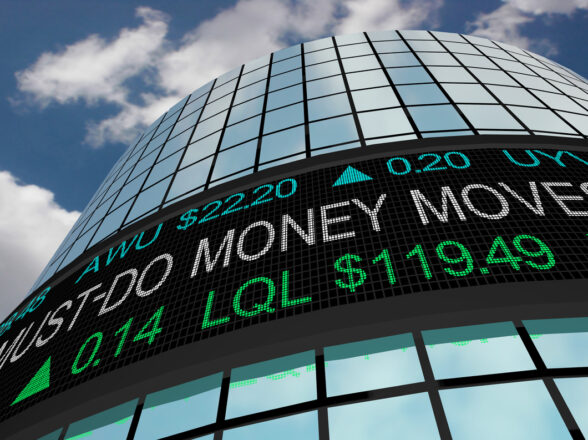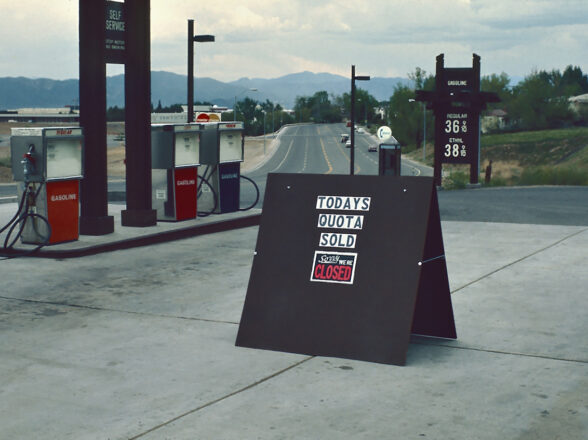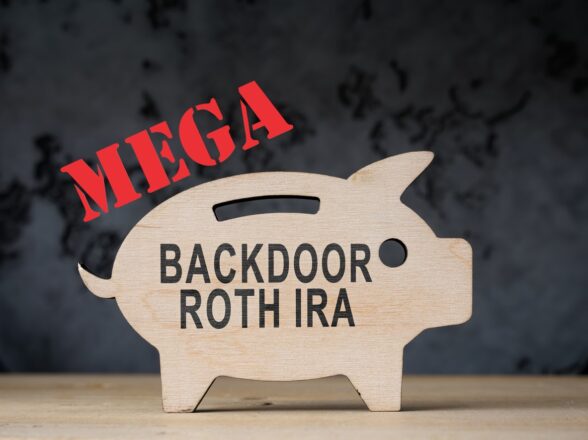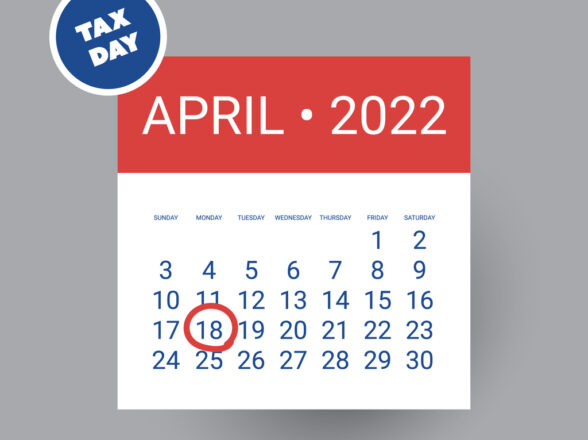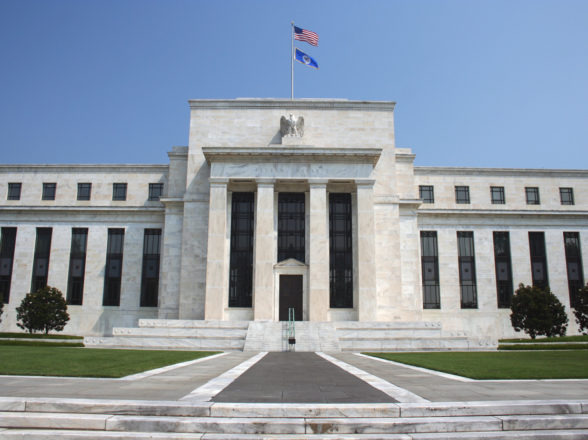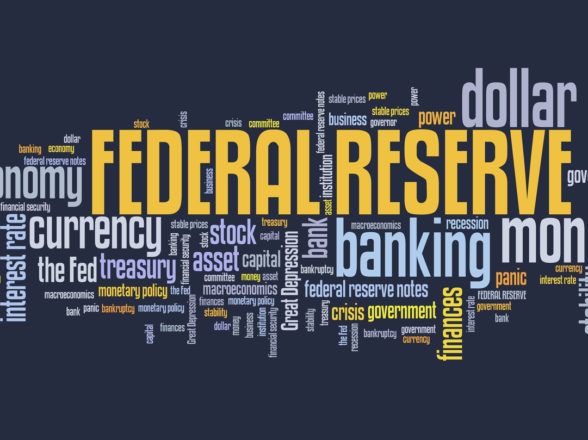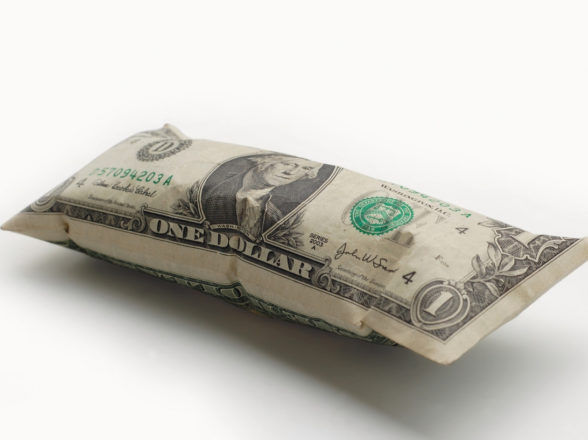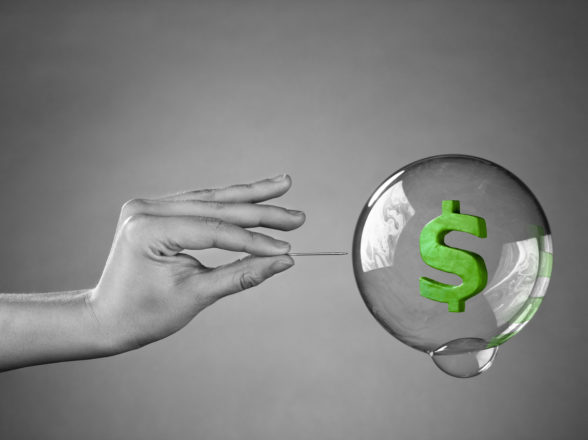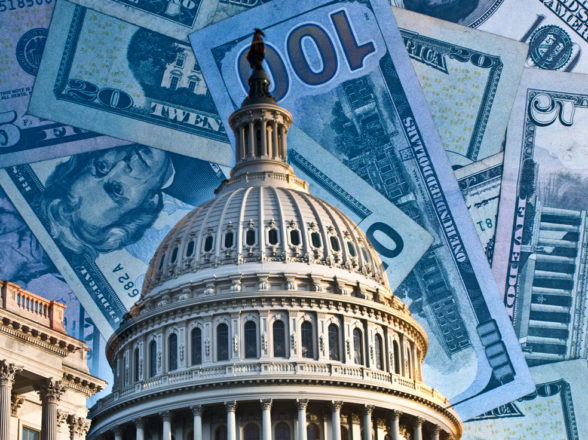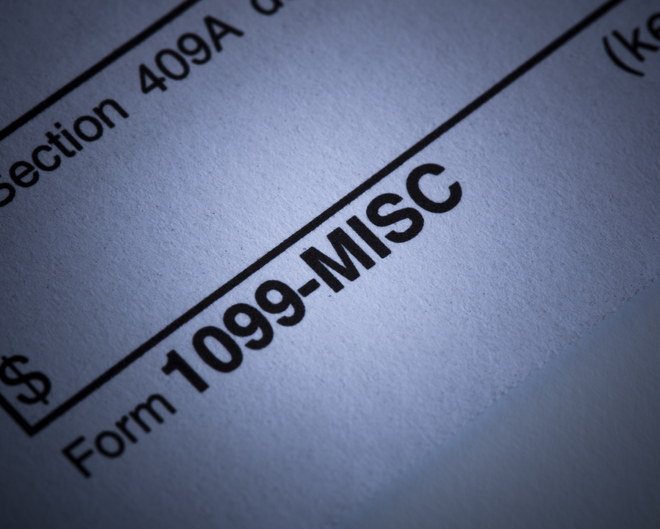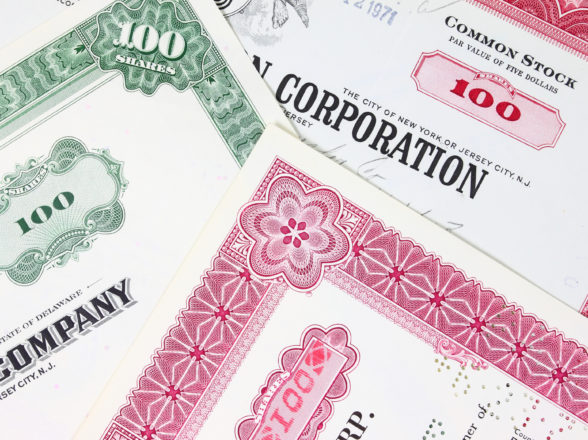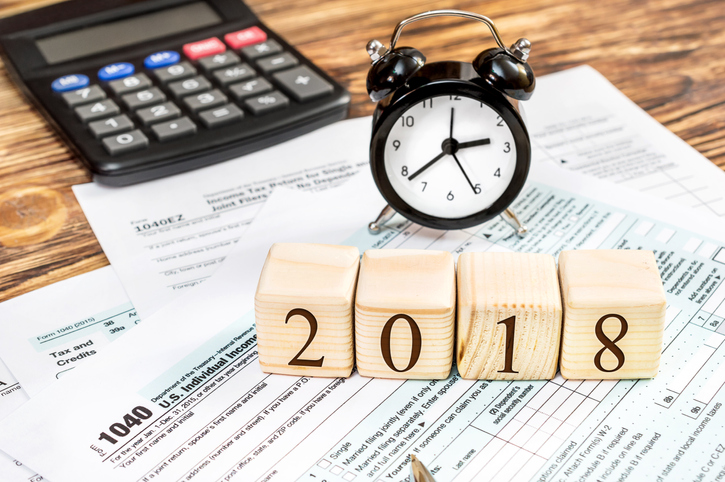Blog
The Market Doesn’t Always Bounce Back Quickly

When I started my career as a financial advisor back in the fall of 1999, little did I know that I was entering the business at the worst bear market since the 1920s. At that time, the viewpoint was, “this is a once-in-a-lifetime” bear market. It was seven short years later when the next “once-in-a-lifetime” bear market hit via the Great Financial Crisis.
Every few years, a bear usually invades stock markets to maul unprepared investors. These periods of plummeting stock prices typically follow bullish markets and vice versa. However, let’s not get fooled into believing that things always bounce back quickly because they don’t. The most recent bear market – the Covid crisis – resulted in a -35% drop in the stock market, but it lasted less than a month. And it only took until the beginning of July to recapture the high in the markets. This most recent example was anything but normal.
Throughout history, bear markets have been part of the markets. Usually, they tend to be shorter than bullish markets. But history has shown a bear can continue reigning for months or years, and the recovery period may take even more months.
When the Bear Comes
The standard definition of a bear market is a period of prolonged price declines in a market. Typically, it’s a condition in which stock prices on leading market indexes like Dow Jones and S&P 500 plummet at least 20% off their high. This is different from a correction, which tends to have a shorter period of at least 10% decline. Both of these rules-of-thumb are easy ways for us to categorize these events, but in reality, a bear market is one that is a scary loss for an investor, no matter how much the actual losses.
Generally, corrections don’t result in a complete bear market. But when this happens, the stock markets usually fall 32.5% off the recent high.
A bear market can also be defined as a period when investors get more risk-averse and less risk-seeking. This condition can be long-term as investors pile into more conservative securities and shun speculations.
Skyrocketing unemployment rates and a declining economy are the most common causes of a bear market. When the market enters this territory, the stock market’s outlook usually doesn’t look appealing in the eyes of most investors.
A recession may accompany fall in prices. But this is not always the case. In recent history, about 70% of bear markets were followed by recessions.
A bear market may drive many investors to sell their investments. According to them, this move help them get cash, protect their money, or transfer their holdings to more stable financial assets. Unfortunately, a sell-off may ensue, leading to a further decline in stock prices.
Investors may also end up selling their investments at greatly reduced prices. This may hinder them from achieving their financial targets in the long run.
Since World War II, bear markets’ frequency has gone down. But they still occur approximately once every 5.4 years. Expect to experience about 14 bear markets during your lifetime.
How Long Do Bear Markets Last?
Bear markets tend to be shorter than bull markets. Historically, a bear market lasts less than 10 months (289 days) on average.
Some bear markets only lasted for a few months. For instance, the 1990 one ran for just 3 months. The most recent pandemic-induced bear market (March 2020 to August 2020) is another example.
But investors have battled with bear markets that lasted for more months and years. 1937 to 1942 witnessed the longest bear market, famously known as The Great Depression. The market took 61 good months to bounce back. Read on to uncover the other bear markets that lasted for more than five months.
1966: Credit Crunch
1966 found a strong US economy reigning the scene. The unemployment rate was just 4%, and businesses were rushing to fill huge back-orders.
But when inflation began gaining pace, the Federal Reserve reacted by tightening credit requirements. The result? A credit crunch.
The condition lasted 8 months (from February to October 1966), sending S&P 500 down 22%. It took 7 months for the market to recover back to the previous peak.
1968: Political and Social Earthquakes
The mid-1960s ushered in the shortest bull market in modern US history. The two-year bull managed to push the S&P 500 up 50%.
However, political and social earthquakes rocked the period. As the Vietnam War went on in 1968, the North Vietnamese started a surprise attack (Tet Offensive). Robert Kennedy and Martin Luther King were assassinated, and November saw Richard Nixon scooping the country’s top seat.
A bear market and a minor recession mushroomed out of political instability, high inflation, and a weakening economy. The S&P 500 went down 36%. This bear market lasted for 18 months (from November 1968 to May 1970), and the recovery period was 21 months.
1973: The Unsustainable Nifty Fifty Frenzy
IBM, McDonald’s, and Disney propelled the US stock market in the early 1970s. More investors pumped their money into Nifty Fifty, a group of most prominent companies in the US. The bull market drove the S&P 500 up 23% on average.
But valuations on Nifty Fifty stocks were inflated to unsustainable levels. Then, at the beginning of 1973, President Nixon rolled out his economic plan’s phase 3, relaxing rent, wage, and price controls. Workers and businesses seized the opportunity to demand a pay rise and increase prices.
The resultant runaway inflation drove the S&P 500 down 48%. This bear market lasted for 21 months (January 1973 to October 1974), and it took 69 months for the market to recover! A record high.
1982: The Volcker Shock
The 1974 to 1982 bull market wasn’t that great. The S&P 500 annual returns averaged at 14% only as the 1970s oil crisis continued to cause havoc.
The early 1980s witnessed the Volcker Shock strategy, where the Federal Reserve quickly increased interest rates up to 20% amid double-digit inflation. While the price increases were successfully tamed, borrowing money became expensive, leading to a recession.
The bear market from November 1980 to August 1982 (20 months) drove the S&P 500 down 27%. But it took only 3 months for the market to recover.
1999-2002: The Dot-com Crash
The ’90s ushered in the Internet Age and bid the Cold War farewell. Prosperity followed.
The decade’s stable inflation and economic growth drove S&P up more than 400%. In fact, this is still the strongest, uninterrupted bull market in US history.
The internet seemed to promise even more growth. As a result, investors rushed to pour more investments into the dot-com stocks. This reckless move was dubbed “irrational exuberance” by Alan Greenspan, the then Federal Reserve Chairman.
Eventually, underlying business fundamentals no longer justified frothy share prices. Most investors lost confidence in stock valuations that had hit new historic highs.
So many companies such as Pets.com took an exit. The dot-com bubble burst and a recession followed.
This dot-com crash pushed the S&P 500 down 49% and. This bear lasted for 31 months (March 2000 to October 2002), and stock prices took 55 months to recover. This bear market was the second-longest in the modern economic era.
2007- 2009: Global Financial Crisis
The late-2000s bear market sprouted from the blunders that happened in the mid-2000s bull market. The Federal Reserves’ low-interest rates in the mid-2000s sparked excessive leverage. Subprime mortgages allowed homeowners to buy property often at short-term “teaser” rates and without down payments.
The surging real estate market and increasing home prices led to aggressive spending. During the bull period (2002-2007), stocks shot up 102%. However, Wall Street miscalculated its moves.
In 2007, the United States economy started slipping into a recession, accompanied by an increasing crisis in subprime mortgages, with more borrowers failing to honor their obligations as agreed. Huge losses haunted the investment banks that held a portion of the subprime debt (including Lehman Brothers and Bear Steams), forcing them out of business.
By September 2008, this had snowballed into the most profound financial crisis and recession since the Great Depression. This bear market lasted 17 months (October 2007 to March 200). The S&P 500 nose-dived about 57%.
Systematically important financial institutions across the world were on the verge of insolvency.
The central banks around the globe rushed to avert a complete collapse in the world economy and financial system. Through quantitative easing (QE), these institutions injected massive liquidity into the system. This action propped up the global economy and securities prices by lowering the interest rates to historic lows. The market needed 65 months to spring back to its previous peak.
How to Invest Smart in a Bear Market
Bear markets can send any investor into panic, especially if they last longer than expected. No one enjoys watching their portfolios’ value plummet.
But for an intelligent investor, a bear market presents a golden chance to grab discounted stocks. They understand that money can work for them in the long run.
These rules will help you ride on the bear to reach your financial goals:
1. Think long term
Whenever a stock nose-dives, typical investors sell “before it’s too late”. Then when the stocks skyrocket to new highs, they rush to buy “before missing out on gains.”
Sure, buying low and selling high is the standard rule of the game. But knee-jerk reactions to market shifts is not a wise strategy.
Instead, put money into stocks you desire to own for the long run, and avoid selling them just because they’re plunging.
2. Focus on quality
A bad economy tends to sweep away overleveraged companies and businesses that lack real competitive advantage. On the contrary, high-quality companies tend to stand up against the tides and perform better.
So during a bear market, invest in companies with robust balance sheets and long-lasting competitive advantages.
3. Avoid trying to catch the bottom
Try to time the market, and it’ll generally beat you hands down. So forget about pumping all your money into a bottom. Instead, invest in stocks because you’re looking to have a long-term business, even if the share price drops a little more after putting in your money.
4. Build Your Stock Positions Over Time
Again, don’t throw all your dollars into a bottom that you’ve timed. Instead, aim at building your positions over time. That way, if the stock continues to drop, you won’t remain on the sidelines. You’ll still have money to take advantage of the newer bottoms.
For investors who understand the dynamics of bear markets and have a plan for how to manager through them, these periods of great volatility can actually be an opportunity to profit.

























